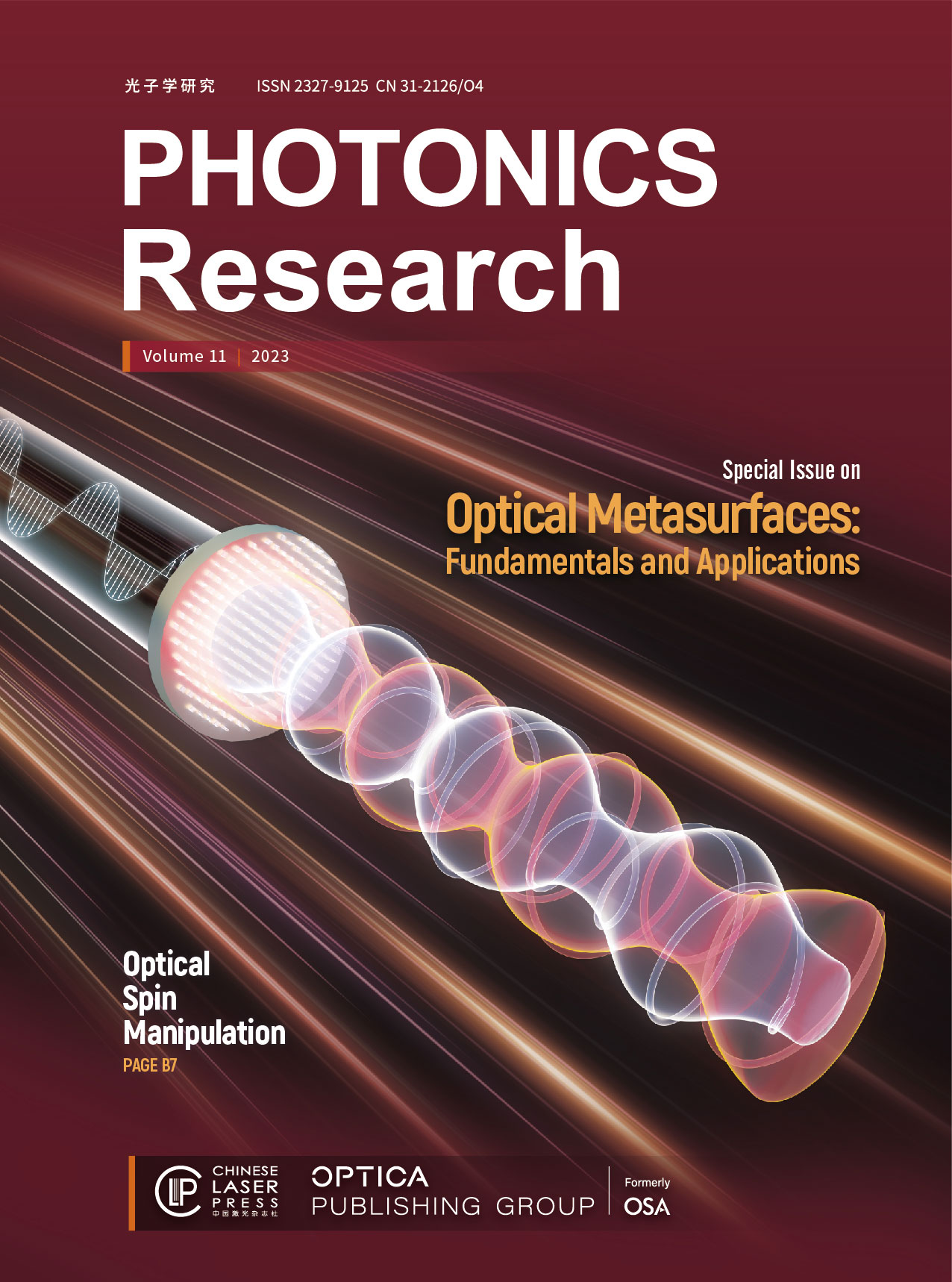Lensless polarimetric coded ptychography for high-resolution, high-throughput gigapixel birefringence imaging on a chip
IF 6.6
1区 物理与天体物理
Q1 OPTICS
引用次数: 0
Abstract
Polarimetric imaging provides valuable insights into the polarization state of light interacting with a sample. It can infer crucial birefringence properties of bio-specimens without using any labels, thereby facilitating the diagnosis of diseases such as cancer and osteoarthritis. In this study, we present a novel polarimetric coded ptychography (pol-CP) approach that enables high-resolution, high-throughput gigapixel birefringence imaging on a chip. Our platform deviates from traditional lens-based polarization systems by employing an integrated polarimetric coded sensor for lensless coherent diffraction imaging. Utilizing Jones calculus, we quantitatively determine the birefringence retardance and orientation information of bio-specimens from the recovered images. Our portable pol-CP prototype can resolve the 435-nm linewidth on the resolution target and the imaging field of view for a single acquisition is limited only by the detector size of 41^2. The prototype allows for the acquisition of gigapixel birefringence images with a 180-mm^2 field of view in ~3.5 minutes, a performance that rivals high-end whole slide scanner but a small fraction of the cost. To demonstrate its biomedical applications, we perform high-throughput imaging of malaria-infected blood smears, locating parasites using birefringence contrast. We also generate birefringence maps of label-free thyroid smears to identify thyroid follicles. Notably, the recovered birefringence maps emphasize the same regions as autofluorescence images, underscoring the potential for rapid on-site evaluation of label-free biopsies. Our approach provides a turnkey and portable solution for lensless polarimetric analysis on a chip, with promising applications in disease diagnosis, crystal screening, and label-free chemical imaging, particularly in resource-constrained environments.用于芯片上高分辨率、高通量千兆像素双折射成像的无透镜偏振编码摄影
本文章由计算机程序翻译,如有差异,请以英文原文为准。
求助全文
约1分钟内获得全文
求助全文
来源期刊

Photonics Research
OPTICS-
CiteScore
13.60
自引率
5.30%
发文量
1325
期刊介绍:
Photonics Research is a joint publishing effort of the OSA and Chinese Laser Press.It publishes fundamental and applied research progress in optics and photonics. Topics include, but are not limited to, lasers, LEDs and other light sources; fiber optics and optical communications; imaging, detectors and sensors; novel materials and engineered structures; optical data storage and displays; plasmonics; quantum optics; diffractive optics and guided optics; medical optics and biophotonics; ultraviolet and x-rays; terahertz technology.
 求助内容:
求助内容: 应助结果提醒方式:
应助结果提醒方式:


